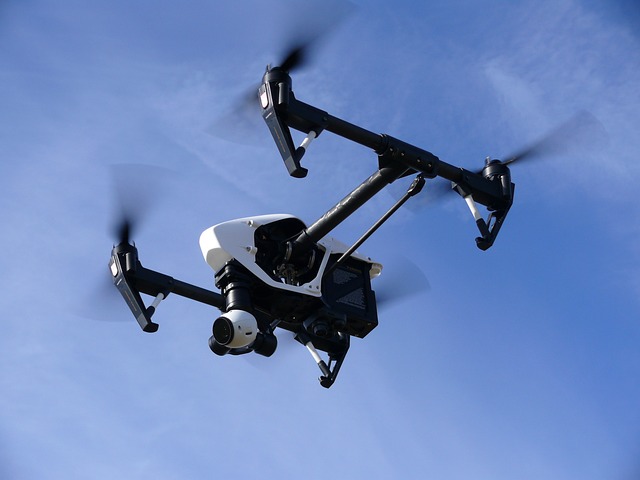Europeans wade into fighting seabed threats with drones and sensors – Defense News
EUROPE and WASHINGTON — Shaken by an underwater explosion that ripped through the Nord Stream pipelines in September, European nations are waking up to the task of securing the ocean floors that house the continent’s arteries of wealth.
But protecting the vast network of energy pipelines and communications cables that line the surrounding bodies of water comes down to a familiar question: Who’s in charge?
That’s because the responsibilities for infrastructure that traverses multiple countries, is privately owned and serves vital national interests are anything but clear. Militaries, with their special skills and equipment for underwater operations, are expected to pick up a chunk of the work. But the scope of the assignment and the technologies involved is still coming into focus.
Analysts consider seabed warfare a growing national security discipline with influences from submarine warfare, countermine operations and harbor protection.
“There are two thrusts here,” said Sebastian Bruns, a naval expert at the University of Kiel in northern Germany. For one, there are high-tech, offensive tactics that involve clusters of autonomous weapons quietly lying on the ocean floor until activated, potentially organizing into something like movable mine fields never to be recorded on any maps, he said.
And then there is the field of protecting critical underwater infrastructure, which has a lot to do with understanding, by way of sensors, what is going on around cables and pipelines, he added. Observing hard-to-reach places deep below the surface is challenging enough; being able to do it at the scale required is another.
“An analogy would be the assignment of two cop cars to watch over the entire highway network of the United States,” he said.
Developments are afoot in individual countries and at the European Union level. At the European Defence Agency, for example, officials are awaiting word from Italy in the first quarter of 2023 on a proposal for a dedicated program for critical seabed infrastructure protection. If approved, the effort could join the growing list of so-called PESCO projects — small, multinational government and industry teams whose work serves as a blueprint for solving specific military capability problems.
The agency also is kicking off a series of studies in January to identify capability gaps and find emerging technology in industry …….
